If you’ve ever watched an otter at play, you know there’s something almost magical about them. With their slick fur, mischievous eyes, and an energy that seems endless, otters have a way of capturing our hearts and imaginations. But beneath their adorable antics lies a creature of remarkable intelligence, intricate social lives, and a vital role in the balance of our world’s ecosystems. On World Otter Day, it’s time to dive beneath the surface and discover why these playful engineers are so much more than meets the eye.
The Many Faces of Otters: Who Are They?
Otters aren’t just one type of animal; they belong to a family called Mustelidae, which includes 13 distinct species spread across the globe. From the tiny Asian small-clawed otter to the giant river otter of the Amazon, these creatures adapt to a wide range of habitats. Some live in freshwater rivers, others thrive along coastlines, and a few even call the sea their home. Each species has its own unique behaviors, diets, and survival strategies, making otters a fascinating group to study and protect. Their physical differences are as striking as their personalities, with some sporting bushy whiskers and others showing off webbed feet for skilled swimming.
Masters of Play: Why Otters Love to Have Fun
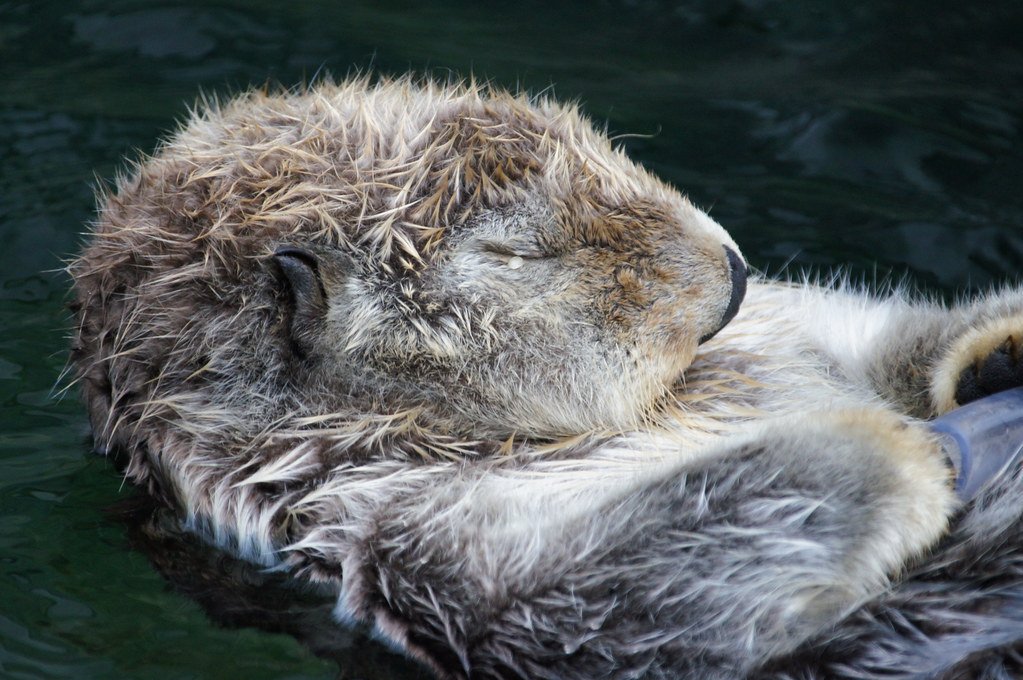
If there’s one thing otters are famous for, it’s their playful behavior. They slide down muddy banks, juggle pebbles, and chase one another through the water in what looks like endless games of tag. Scientists believe this play isn’t just for fun—it sharpens their hunting skills, strengthens social bonds, and even helps young otters learn how to survive. Watching otters at play is a reminder that joy is a powerful force in the animal kingdom, serving both practical and emotional needs. Their playful antics also draw people closer to nature, making otters incredible ambassadors for wildlife awareness.
Foodie Geniuses: Otters as Tool Users
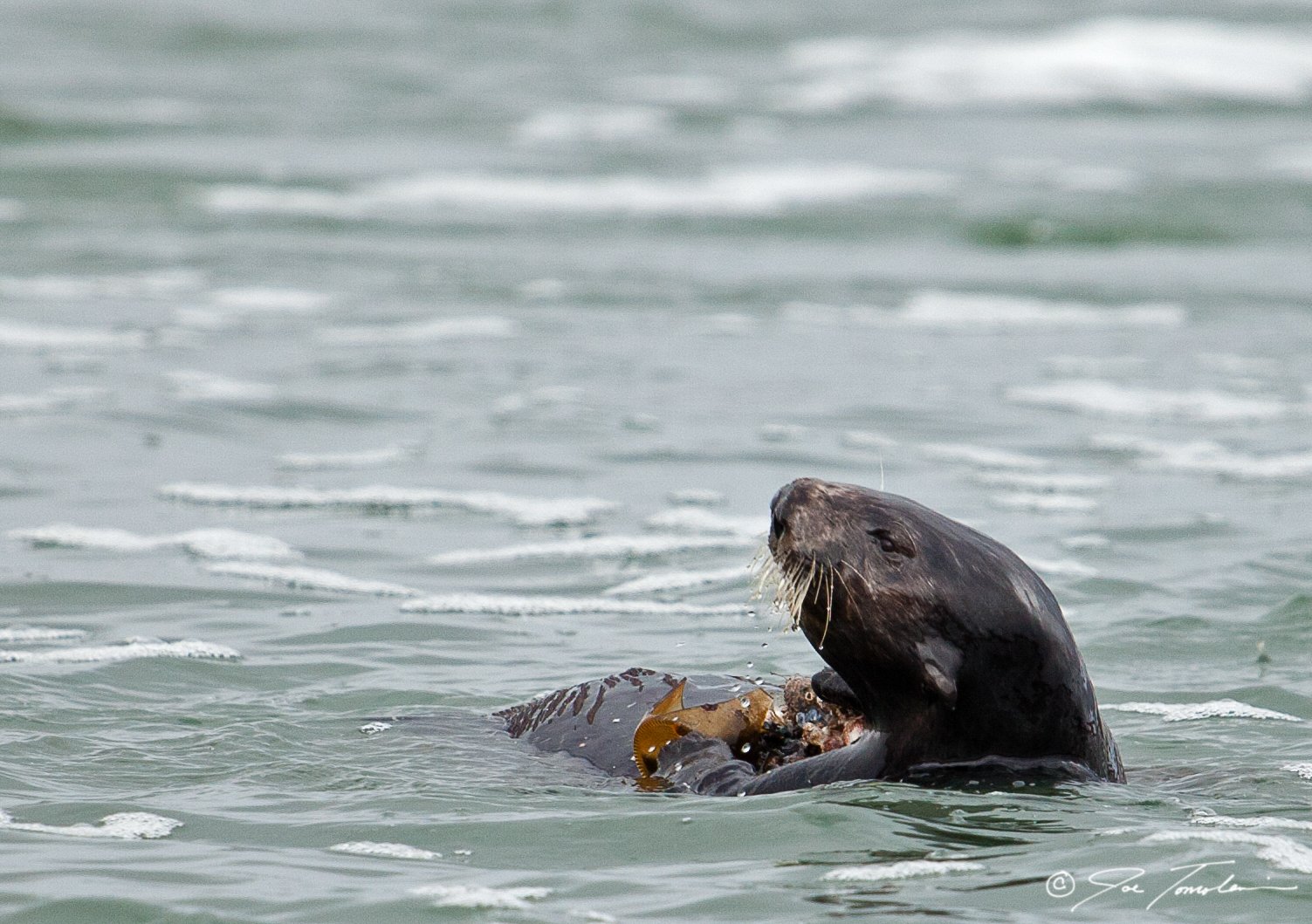
Otters may look cute, but they’re clever problem-solvers when it comes to getting a meal. Sea otters are one of the few non-primate animals known to use tools. They crack open shellfish by pounding them with rocks, sometimes balancing the stone on their bellies like a makeshift table. This skill is passed down from mother to pup, showing an impressive level of learning and memory. Otters are also opportunistic eaters, adapting their diet to what’s available, from fish to crustaceans to small mammals. Their ability to innovate sets them apart in the animal world and highlights their wild scientific side.
Otters as Ecosystem Engineers
Otters don’t just live in their environments—they shape them. In rivers and coastal areas, they act as top predators, keeping populations of fish, crabs, and sea urchins in check. This balance is especially crucial in places like kelp forests, where sea otters prevent sea urchins from destroying the underwater vegetation. Without otters, entire ecosystems can collapse, leading to a domino effect on other species. Their role as ecosystem engineers makes otters vital for the health of our planet’s waterways and coastlines.
Social Lives: Otter Families and Communities
Otters are surprisingly social animals, especially compared to their mustelid cousins. River otters and giant otters often live in family groups, working together to hunt, raise pups, and defend their territory. The bonds between otter family members are strong, with mothers fiercely protective of their young and siblings playing together long after they’re grown. These social structures help otters thrive in challenging environments, with cooperation making them more resilient against threats. Their close-knit communities are a joy to observe and a testament to the power of teamwork in nature.
Communication: The Language of Whistles, Chirps, and Squeaks
Otters aren’t silent by any means—they use a wide variety of sounds to communicate. From high-pitched whistles to playful chirps and warning growls, their vocalizations send messages about everything from danger to excitement. Some species even have signature calls unique to individuals, almost like names. Body language also plays a big role, with tail slaps, rolling, and grooming all part of their social toolkit. This complex form of communication reveals just how emotionally intelligent otters can be, able to express affection, annoyance, or alarm with ease.
Fur Coats Built for Survival
One of the most striking features of an otter is its luxurious fur. It’s not just for show—otter fur is among the densest in the animal kingdom, with up to a million hairs per square inch. Unlike seals or dolphins, otters don’t have a thick layer of blubber to keep them warm. Instead, their fur traps air close to the skin, acting as an insulating layer that keeps icy water at bay. This adaptation allows otters to live in cold rivers and oceans where other mammals might freeze. But it’s also made them a target for hunting in the past, leading to drastic declines in some populations.
Threats Facing Otters Today
Despite their charm, otters face a host of dangers in the modern world. Habitat destruction, pollution, and illegal hunting continue to put pressure on many species. Rivers clogged with plastic or chemicals can make otter homes unlivable, while oil spills are catastrophic for sea otters, whose fur loses its insulating power when coated in oil. In some places, otters are still hunted for their pelts or because they’re seen as competition for fish. Conservationists are working tirelessly to protect otters, but their future remains uncertain unless we act to safeguard their habitats.
Otters and Indigenous Cultures
Otters have long held a place in the stories and traditions of Indigenous peoples around the world. In North America, river otters feature in Native American folklore as tricksters and bringers of good fortune. In Japan, the kappa—a mythical water creature—shares many otter-like traits. These cultural connections highlight the deep bond between humans and otters, reminding us that our relationship with wildlife goes beyond biology. Otters inspire art, legends, and lessons about respect for nature that span generations.
Conservation Success Stories
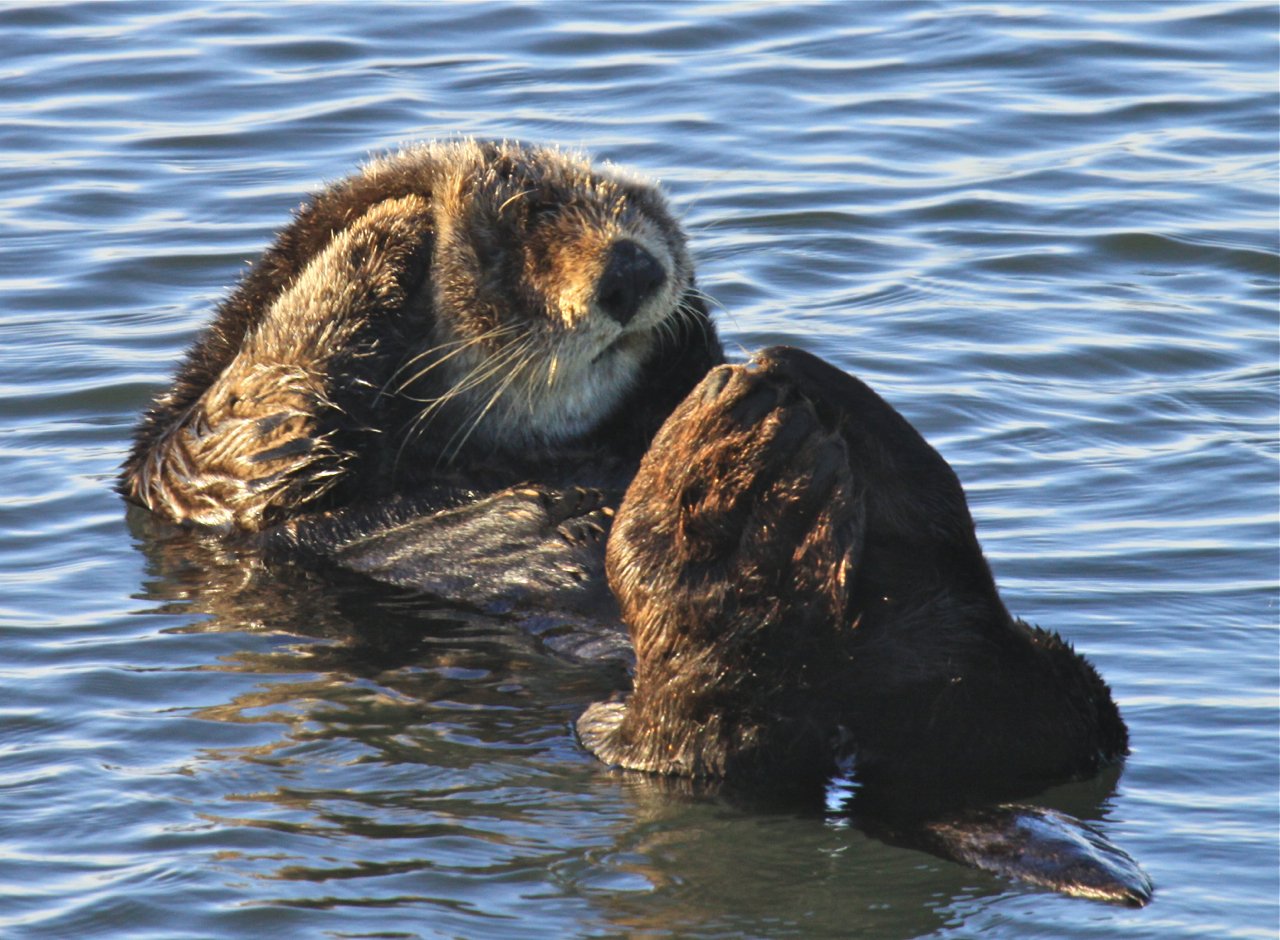
Not all otter news is grim. In some regions, dedicated conservation efforts have brought otter populations back from the brink. The recovery of the sea otter along the Pacific coast of North America is a shining example. Once nearly wiped out by the fur trade, sea otters have rebounded thanks to legal protections, habitat restoration, and public education. In the UK, river otters are making a comeback after decades of decline. These successes show that with commitment and compassion, humans can help heal the wounds of the past.
Citizen Science and Otter Watching
You don’t need to be a professional scientist to make a difference for otters. Around the world, citizen science projects invite ordinary people to track otter sightings, monitor habitats, and collect data that helps researchers understand these animals better. Otter watching has also become a popular eco-tourism activity, drawing visitors to rivers, lakes, and coastal areas in hopes of catching a glimpse of these elusive creatures. By getting involved, people not only support conservation but also gain a deeper appreciation for the wild beauty of otters.
Otters in Urban Environments
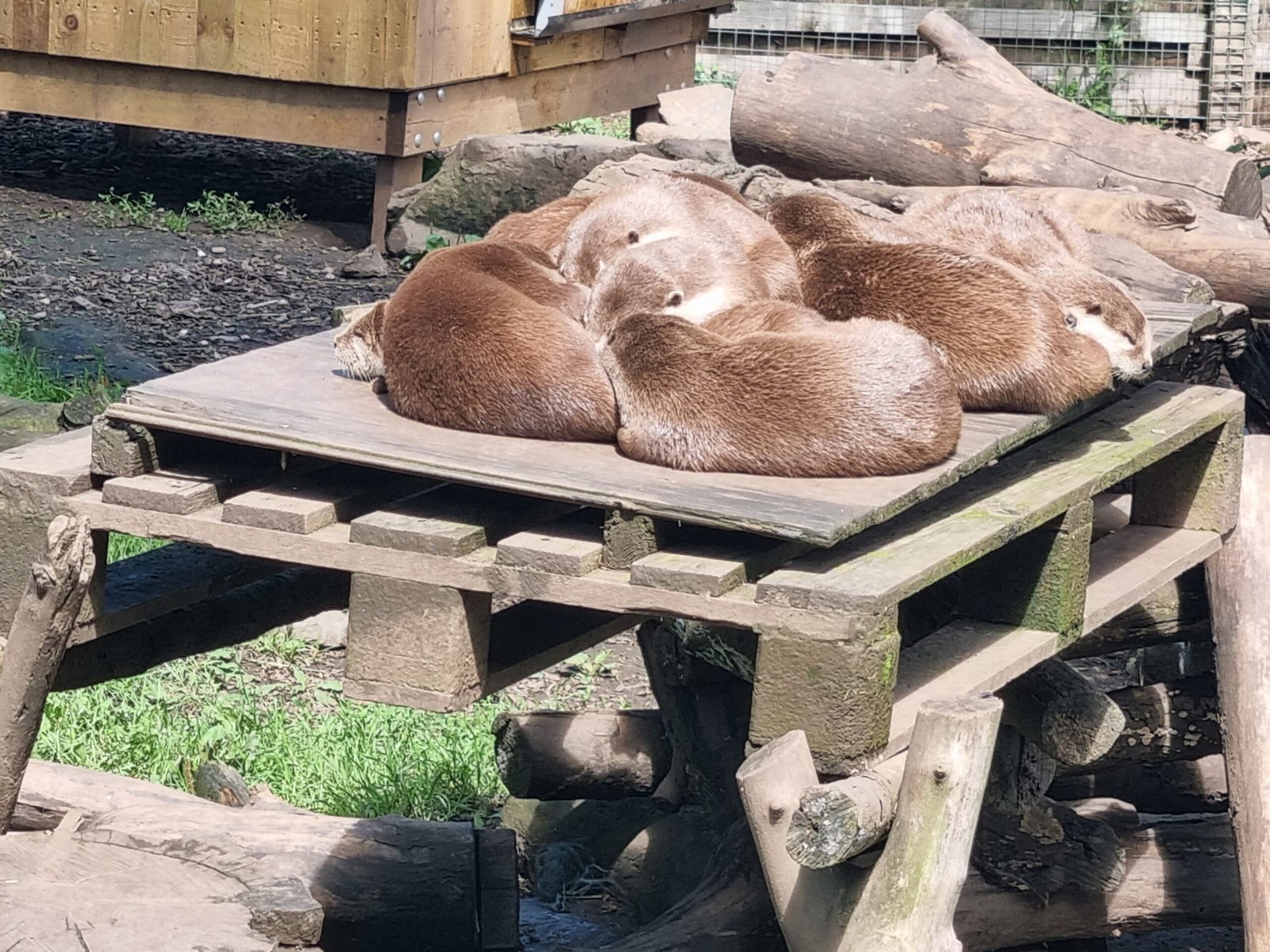
It might surprise you to learn that otters are turning up in city rivers, canals, and even harbors. As some waterways have been cleaned up, otters have reclaimed urban spaces, sometimes living just steps from busy streets. Their presence is a hopeful sign that nature can bounce back given the chance. Urban otters face unique challenges, from traffic to pollution, but their adaptability is a testament to their resilience. Seeing an otter in the heart of a city is a magical reminder that wildlife and people can share space when we make room for nature.
The Science of Otter Intelligence
Otters aren’t just cute—they’re remarkably smart. Research has shown that otters can solve puzzles, use tools, and even plan ahead. In laboratory tests, Asian small-clawed otters have learned to open complex containers to get at food. Wild otters often display inventive hunting strategies, such as using teamwork to herd fish or employing objects as makeshift tools. Their intelligence is likely a product of both social living and the challenges of finding food in dynamic environments. Otters keep surprising scientists with just how clever they can be.
Otter Parenting: Raising the Next Generation

Otter mothers are fiercely devoted to their pups. In many species, the young are born blind and helpless, relying entirely on their mothers for warmth, food, and protection. Sea otter moms wrap their pups in kelp to keep them safe while they hunt. River otter families teach their young to swim, fish, and avoid danger through patient guidance and playful lessons. The time and care invested in raising pups ensure that the next generation is equipped to survive in a challenging world.
Climate Change and Otter Survival
As climate change alters weather patterns and water systems, otters face new threats. Melting ice, rising sea levels, and shifting fish populations can disrupt their habitats and food sources. Some otter species are especially vulnerable, like those living in cold-water environments that are shrinking due to warming temperatures. Conservationists are studying how otters adapt to these changes, hoping to find ways to help them cope with an uncertain future. The fight against climate change is also a fight for the survival of otters.
Otters and the Human Heart
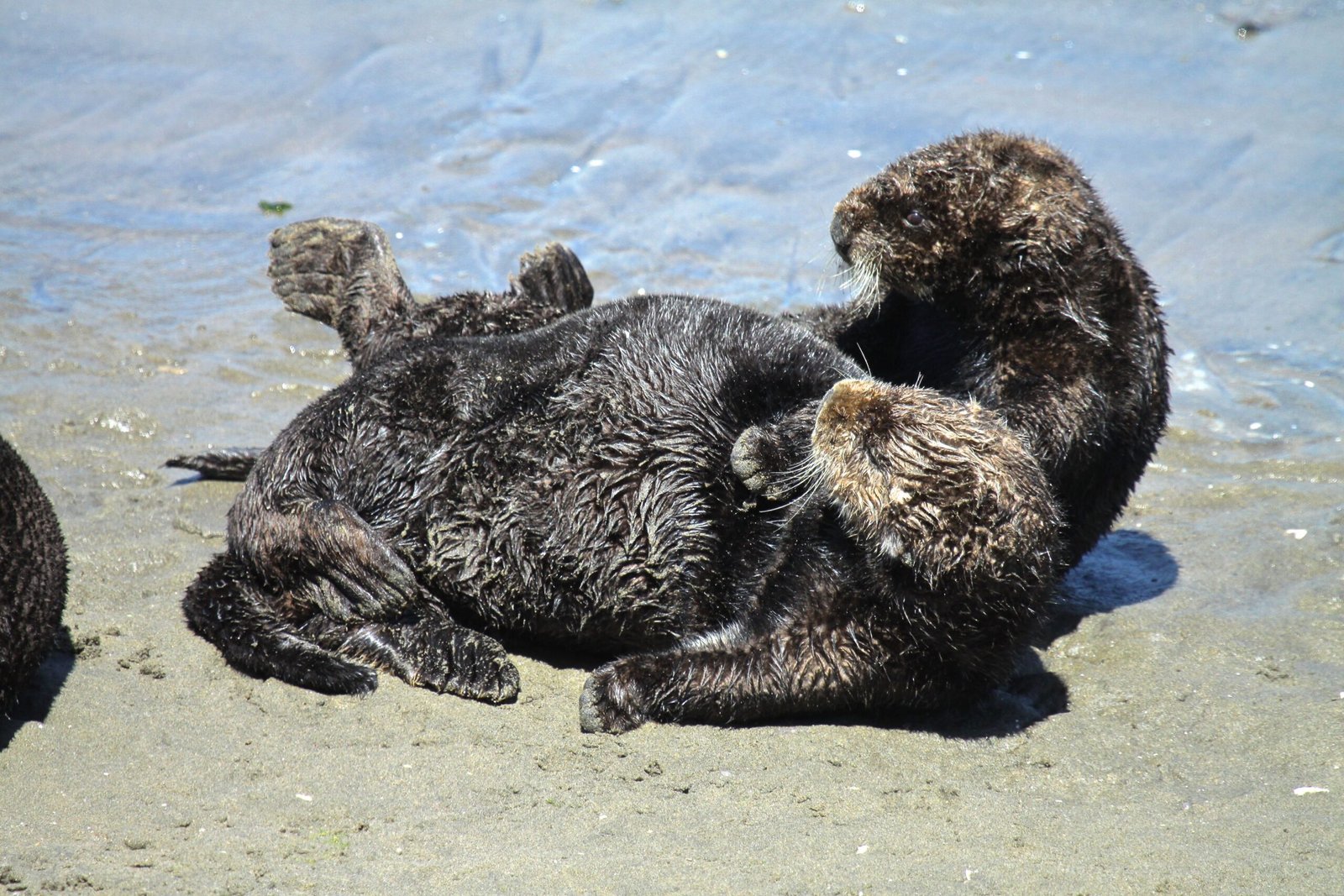
There’s something about otters that touches people on a deep level. Maybe it’s their playful spirit or the way they seem to enjoy life’s simple pleasures. Many who have watched otters in the wild describe the experience as uplifting, even magical. Otters remind us of the joy found in nature and the importance of protecting it for future generations. Their story is one of resilience and hope, inspiring people of all ages to care a little more about the world around them.
Otter-Inspired Art and Popular Culture
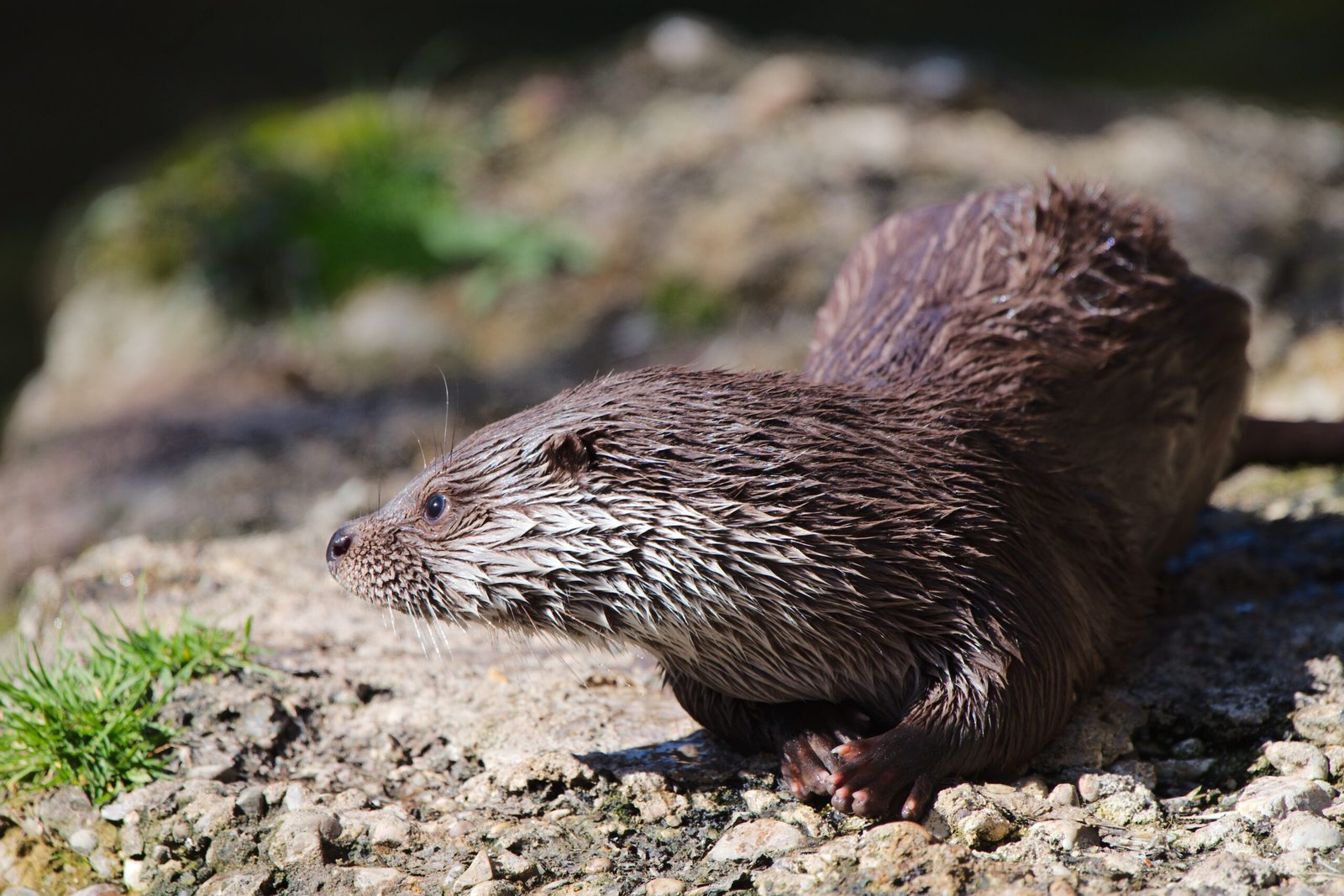
Otters have splashed their way into movies, books, and art across the globe. From animated films to children’s stories, their playful image has made them a favorite for storytellers. Artists capture their grace and energy in paintings and sculptures, while plush toys and cartoons spread otter love to kids everywhere. Their popularity in popular culture has helped raise awareness about conservation issues, proving that sometimes a cute face can make a big difference.
How You Can Help Otters
Everyone has a role to play in otter conservation. Simple actions like reducing plastic use, supporting clean water initiatives, and volunteering with local wildlife groups can make a real difference. Responsible otter watching—keeping a safe distance and respecting their habitats—is another way to support these animals. Even spreading the word about World Otter Day helps raise awareness. Every small step adds up, giving otters a better chance at a wild, playful future.
The Enduring Magic of Otters
Otters are more than just adorable faces; they’re nature’s engineers, fierce survivors, and ambassadors for the wild world. Their story is one of hope, resilience, and the deep connection between humans and the creatures we share our planet with. On World Otter Day, let’s celebrate the magic of otters and remember that our choices can help keep their rivers, forests, and coasts alive and thriving. What would the world be without a little otter wonder?


